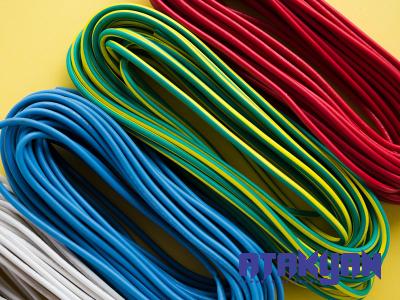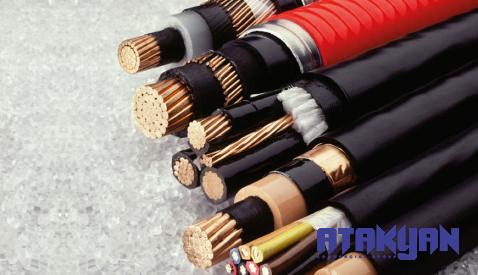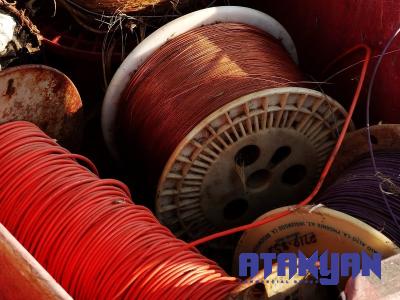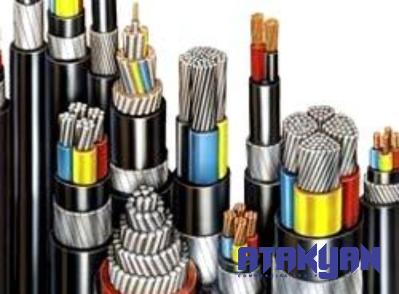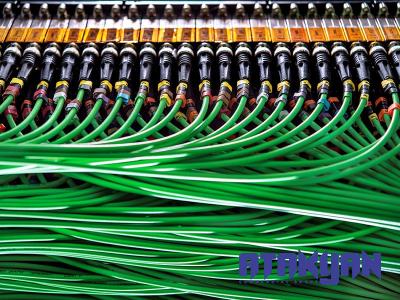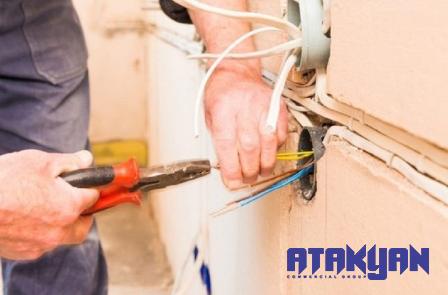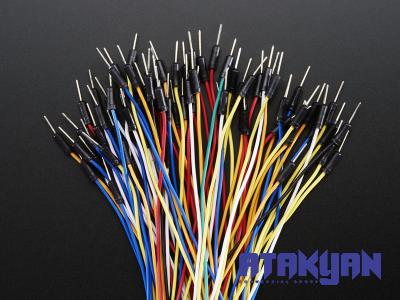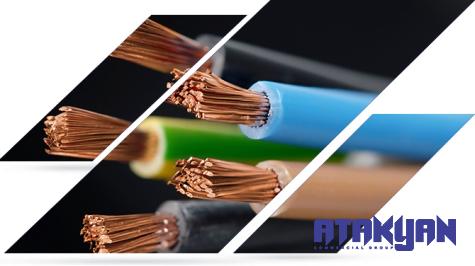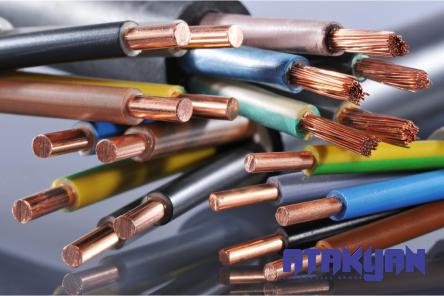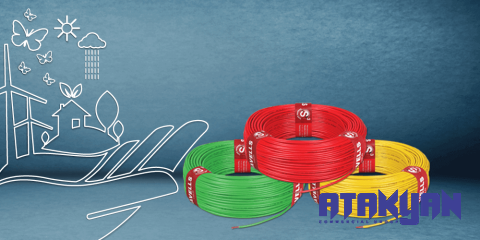Different Types of Welding Electrodes
Welding electrodes are one of the most crucial components in the welding process. They play a significant role in joining two pieces of metal, making them an essential part of any welder’s toolbox. Understanding the different types of welding electrodes available on the market is essential for achieving successful welds. In this article, we will discuss the various types of welding electrodes, buying considerations, and the prices associated with them.
1. Discuss different types of welding electrodes
a. Shielded Metal Arc Welding (SMAW) Electrodes:
SMAW electrodes, also known as stick electrodes, are the most commonly used type of welding electrode. They have a flux coating that protects the weld pool from contaminants. These electrodes can be used on a wide range of materials and provide excellent penetration. SMAW electrodes are versatile and can be used in various industries, including construction, automotive, and general metal fabrication.
b. Tungsten Inert Gas (TIG) Electrodes:

TIG electrodes are non-consumable and made of tungsten. They are used in TIG welding processes, which require high precision and control. TIG electrodes come in different compositions, such as pure tungsten, thoriated tungsten, ceriated tungsten, and lanthanated tungsten. Each composition offers unique benefits, such as improved arc stability or ease of starting. TIG electrodes are commonly used in aerospace, automotive, and delicate welding applications.
c. Metal Inert Gas (MIG) Electrodes:
MIG electrodes, also called wire electrodes, are consumed during the welding process. They are fed through a welding gun to create the arc. MIG electrodes come in various sizes and compositions, depending on the material being welded. Common compositions include carbon steel, stainless steel, and aluminum. MIG electrodes are versatile and widely used in manufacturing, fabrication, and automotive industries.
d. Flux-Cored Arc Welding (FCAW) Electrodes:
FCAW electrodes are similar to MIG electrodes but contain a flux-filled core. The flux provides shielding and generates gas to protect the arc and molten metal. FCAW electrodes are commonly used in construction, shipbuilding, and heavy fabrication due to their high deposition rates and ability to weld thick materials. They are available in both gas-shielded and self-shielded varieties.
2. Buying different types of welding electrodes

When buying welding electrodes, there are several factors to consider:
a. Material Compatibility:
Ensure that the electrode you choose is compatible with the base metal you will be welding. Different materials have specific requirements in terms of electrode composition.
b. Amperage Rating:
Check the amperage rating of the electrode to ensure it matches your welding machine’s capabilities. Using an electrode with an amperage rating too high or too low can result in poor weld quality.
c. Flux Coating:

For SMAW electrodes, the flux coating plays a crucial role in protecting the weld pool. Different flux compositions offer varying levels of arc stability, slag removal, and penetration. Consider the specific needs of your application when selecting the appropriate flux coating.
d. Diameter and Length:
The diameter and length of the electrode will affect the weld characteristics. Thicker electrodes allow for higher currents and increased deposition rates, while thinner electrodes are suitable for precise welds in thinner materials.
3. Price of different types of welding electrodes
The price of welding electrodes varies depending on several factors, including the type, composition, and brand. Generally, stick electrodes are the most affordable, with prices ranging from $5 to $30 per pound. TIG electrodes tend to be more expensive, ranging from $10 to $50 per pound, depending on the composition. MIG electrodes are priced similarly to stick electrodes, while flux-cored electrodes can cost slightly more due to the flux-filled core.
It’s important to note that price should not be the sole factor in selecting welding electrodes. The quality, compatibility, and reliability of the electrode should be the primary considerations. Investing in high-quality electrodes can result in better welds, increased productivity, and reduced rework.

In conclusion, understanding the different types of welding electrodes available on the market is essential for achieving successful welds. Whether you are a professional welder or a hobbyist, choosing the right electrode for your application is crucial. Consider factors such as the electrode type, material compatibility, amperage rating, and price when making your purchase. By selecting the appropriate welding electrode, you can ensure high-quality welds and efficient welding operations.
